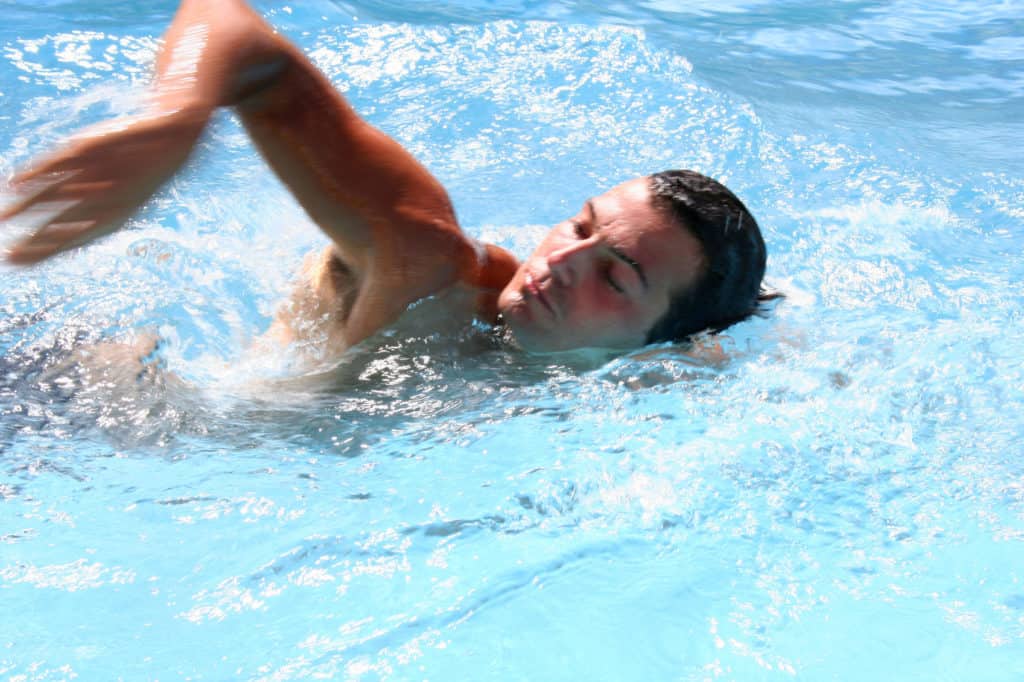There are many different types of drownings, and only a few drowning cases are the classic Hollywood depiction of someone flailing and screaming in the water. People can drown right in front of others, and no one even knows what happened. Read on to learn about the different types of drowning so that you can identify them and know when to call for help.

1. You Have Probably Heard of Wet Drowning
Wet drowning is probably the kind of drowning that you learned about in middle school. In this scenario, somebody is submerged, and his or her lungs begin to fill up with water. He or she may be attempting to breathe, and the lungs fill up with water instead of air.
Somebody who is experiencing wet drowning maybe just a short distance from other people, but them not notice that there is anything wrong. The person in distress may not flail the arms or shout for help because he or she is expending so much energy just trying to remain above water.
